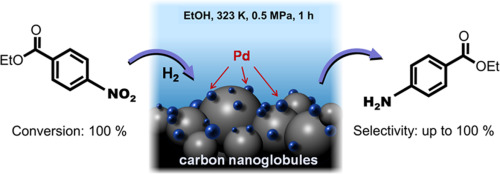Case Study: How Ytterbium-doped Yttrium Aluminum Garnet Is Shaping Optics Innovations
Introduction
Ytterbium-doped Yttrium Aluminium Garnet (Yb: YAG) stands as a cornerstone in the field of optics, revolutionizing laser systems, amplifiers, and various optical applications. This advanced material, characterized by its unique properties, plays a pivotal role in driving technological advancements and enabling precise control of light. Let’s talk about its specific uses in the optic field.

Figure 1. Laser Optics
Applications of Ytterbium-doped Yttrium Aluminium Garnet in the Optic Industry
Solid-State Lasers:
Yb: YAG is a key ingredient in the creation of solid-state lasers, particularly in the near-infrared wavelength range. Yb-doping allows for efficient laser transitions and emission at wavelengths around 1030-1100 nanometers. This range is highly relevant for various applications, including materials processing, medical procedures, and research endeavors. Yb: YAG lasers offer high output power, excellent beam quality, and the potential for ultrafast pulse generation.
High-Power Laser Systems:
Yb: YAG's superior thermal conductivity and optical properties enable the development of high-power laser systems. Its ability to handle high-energy pumping sources without significant thermal degradation makes it a preferred choice for lasers used in cutting, welding, and engraving processes. Additionally, its excellent thermal management allows for longer operating lifetimes and stable output powers.
Ultrafast Lasers:
Yb: YAG is also crucial in the realm of ultrafast lasers, which produce pulses of extremely short duration (femtoseconds to picoseconds). Yb-doped materials are known for their broad emission bandwidth, facilitating the generation of ultrafast pulses. These lasers find applications in fields like scientific research, material characterization, and medical procedures due to their ability to deliver high peak powers and precise control over pulse durations.
Amplifiers for Optical Communication:
Yb: YAG's exceptional gain properties make it valuable for optical amplification in telecommunication systems. In fiber-optic communication, Yb: YAG-based amplifiers are used to boost signals and ensure long-distance transmission with minimal signal degradation.
Frequency Conversion:
Yb: YAG lasers serve as efficient sources for frequency conversion processes, where laser light is converted to other wavelengths. This property enables the generation of new wavelengths for applications such as spectroscopy, medical diagnostics, and atmospheric sensing.
Compact and Efficient Designs:
Yb: YAG's combination of high efficiency, thermal conductivity, and versatile wavelength options makes it ideal for compact and efficient laser designs. These lasers find applications in various industries, including manufacturing, medicine, defense, and scientific research.
Conclusion
In short, Ytterbium-doped Yttrium Aluminium Garnet (Yb: YAG) is a pivotal material in the world of optics, driving advancements in laser technology, amplifiers, and optical communication. Its ability to produce high-power, ultrafast, and efficient laser systems has transformed various industries and enabled applications that rely on precise control of light.
Stanford Advanced Materials (SAM) provides high-precision Ytterbium-doped Yttrium Aluminium Garnet products. Send us an inquiry if you are interested.



